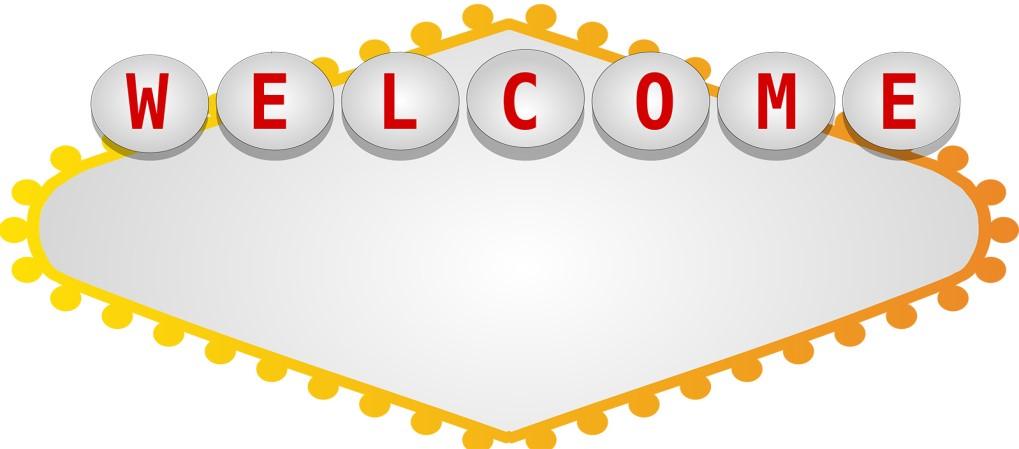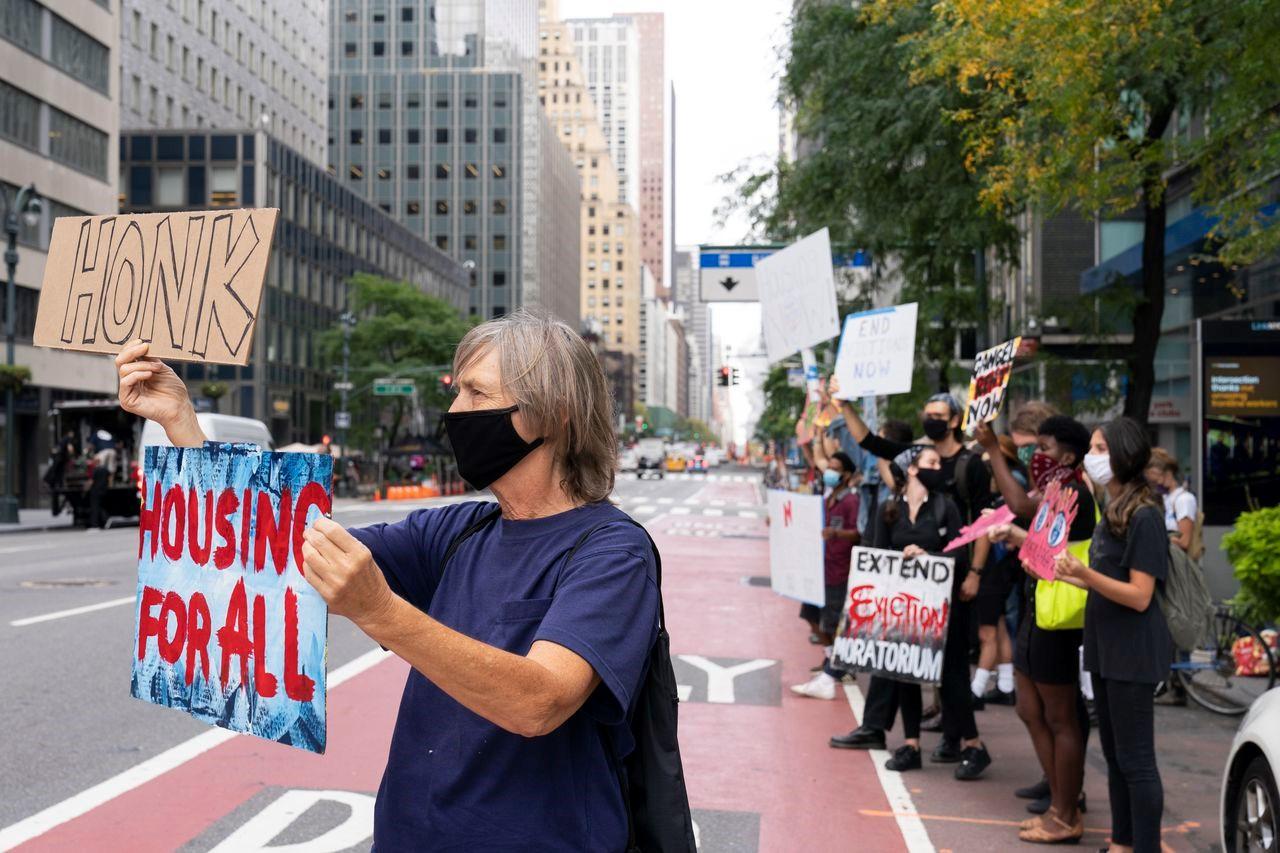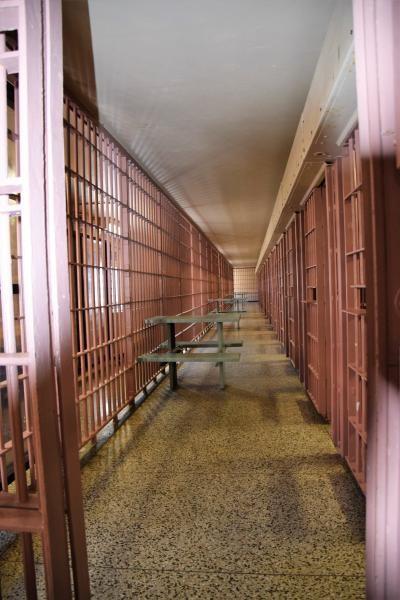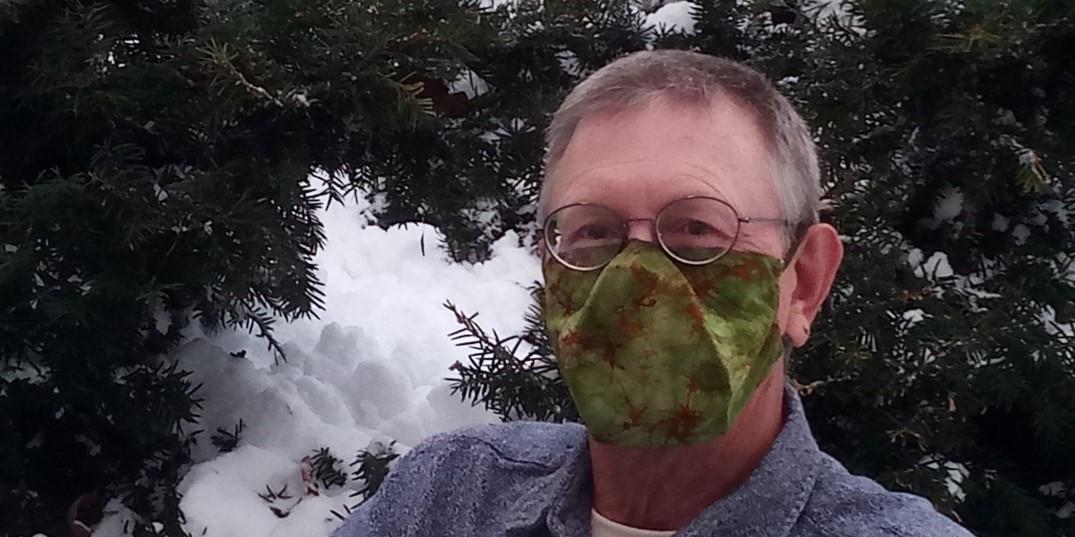
13 minute read
Interview with Susan Horn
Special Feature LSCNY Legacy Magazine Continuing our alumni interview series which started in our last issue’s
Interview: Susan Horn
Advertisement
former President/CEO of Hiscock Legal Aid Society
As part of a continuing series of conversations with distinguished alumni of interview with Langston McKinney.
come up here and help Rosemary run campaigns that she LSCNY, Sam Young recently sat down with Susan Horn, the long-time President and CEO of the Hiscock Legal Aid Society. Their conversation is below.
By Sam Young, Director of Development SY: I’m sitting with Susan Horn, the distinguished, long-time director of the Hiscock Legal Aid Society. Most of our readers know Susan as the long-time President/ CEO of that historic legal services agency, but what many people don’t realize is that Susan got her start in the law at LSCNY’s predecessor agency, Onondaga Neighborhood Legal Services. Is that right?
SH: I did indeed!
SY: Can you tell me what was your inspiration for becoming a lawyer?
SH: Thinking back to the 1960’s, when I was in high school and college, first of all, I had a couple of relatives that went to law school, so that made me think about it. Then in college, I got involved in the anti-Vietnam War movement, demonstrations. At that time, in the anti-war movement, and in the civil rights movement, lawyers were heroes. Lawyers were making positive change for social justice. So that’s what made me finally decide to go to law
of people would go to Florida for winter vacation, I would school.
was involved with. So I applied to law school here. I could have gone to law school here or to Temple in Philadelphia. And I said to myself, I come from a big city, I’ll try something different for three years, and then I’ll go home to New York City. But as my mother said, I forgot to go home. I came up here in 1971, and graduated law school in 1974.
SY: Was Onondaga Neighborhood Legal Services your first job out of law school?
SH: It was, yes.
SY: Do you remember who some of the lawyers were in the day who inspired you to work for social change through the law?
SH: William Kunstler, Ramsey Clark, (they both were involved with the Attica defense, which I got involved with in law school), Bella Abzug, and my cousin [now U.S. Circuit Court Judge] Rosemary Pooler.
SY: You grew up in Brooklyn, right? Undergrad in New York City?
SH: I went to Brooklyn College, graduated in 1971.
SY:
What made you come to Syracuse?
SH: I got into law school here. I actually applied to law school here in Syracuse, because Rosemary was here. I had been frequently coming up to Syracuse. When a lot
SY: there?
soup. And at the time, you couldn’t get that anywhere
services being a part of a larger movement for social and racial justice, which deals with systemic issues, poverty, how poverty is impacted by racism and sexism.
Marc Waldauer had just left, and they divided up his caseload of 80 cases between Alan and me. We were both brand new lawyers, walked into the office, and we each had a stack of 40 files on our desks, which ran the gamut of all the cases that we handled at that time at Legal Services. Welfare fair hearings, housing cases, matrimonials, etc. This is a little in contrast to how things go today. We were given those files, and told “go to it.” That was the orientation and the training. Start reading through the files and figure it out. But the good news was that there were some really good people working there. We would be in their offices and asking their advice. SH: Two years. And then I went into practice with Alan Rosenthal and Joe Heath. Alan was a friend from law school. We met Joe through the Attica cases when we
were in law school. Joe eventually moved to Syracuse, SH: We were at 633 S. Warren Street. The best thing SY: Would you say that your work on the Attica cases about it was there was a little Chinese restaurant next was part of what inspired you to take on a career in pubdoor, Happy Palace, which had the best hot and sour lic interest law, or were you already on that path? and we decided to go into practice together. else in Syracuse. I was there for two years, and my recol- SH: I was on that path. But the Attica rebellion haplection is, it was a good place to work. It was small. I pened on September 9, 1971, maybe two to three weeks couldn’t tell you how many lawyers we had at the time. after I started law school. And it totally took us on a different path than I think I would have gone on, in terms I started the same day as Alan Rosenthal. We came in to- of working in prisoners’ rights, criminal defense. When gether. The head of Legal Services at the time was Doug we graduated from law school, Alan and I went to Buffalo, Eldridge. Tony Gigliotti worked there, John Parker, John and worked on the first criminal case that came out of the Castor, Gil Beck. So when we started, my recollection is Attica uprising. Then we got the jobs at Legal Services, so that we were replacing a couple of attorneys that had left. we came back. I went to law school thinking I would do civil rights, constitutional law. That was kind of my dream. I think there is a greater It took a different turn, in large part because of the Attica understanding of legal here, and decided that I wanted to stay in Syracuse.
cases. Also through Attica, I made really close friends
SY: How long did you stay at Legal Services? SY: What did the Attica case teach you about the law? What lessons should we take from it?
SH: Well the whole Attica uprising taught us a lot about criminal justice, about racism, about injustice. Looking at it now, at the carceral state (we didn’t call it that then), it was clear who was in prison, why they were in prison. And you know, there were people who were locked up in Attica who were political prisoners from the antiwar movement. So I would say it made some of our theoretical politics more real. I don’t know that it influenced my going to work at a legal services program specifically, but it definitely meant to me that I had to be in some sort of public practice, or a practice that was focused on trying to achieve social justice.
SY: So you went into practice with Alan Rosenthal and Joe Heath, two other Syracuse lawyers who are well known for their social justice work. And along the way, you were in partnership with a number of other luminaries of the Syracuse progressive lawyer scene, right?
SH: Right. I left Alan and Joe—we called it the Syracuse Law Collective—two years later. I went to work at Hiscock Legal Aid, for the first time, in 1979, and stayed
there until 1982.
SY:
Tell me what it was like there in those years.
SH: Way smaller than it is today. The practice was very different than it is now. The criminal program had
started in 1974, so it was fairly new. Again, there were were charged with very serious offenses. They were acgreat people who worked there, who I learned a lot from, quitted of the most serious charge—sabotage. They were including Langston McKinney, David Okun, Karen Uplinger. convicted of destruction of federal property. They all went I think there were not more than 6 or 7 attorneys that did to prison. But nonetheless, when the verdict was anthe general practice, and a couple of attorneys that did nounced, we were dancing on the federal plaza, because appeals. we considered it a huge victory, because they were acWe had rotations between the civil and criminal practice. U.S. Attorney, and Howard Munson was the judge.The civil practice involved a lot of uncontested divorces. But in those days, in uncontested divorces, you actually SY: What are some of the changes that you observed had to make an appearance. So you would bring the client in the law, and in public interest law, during your 40-plus in to court and read the script of questions to meet the year career in the law. legal requirements for a divorce. So we did a lot of that, we did landlord-tenant cases, limited to the City of Syra- SH: Well attitudes about it changed a lot. Probably not cuse (as it still is), and we did criminal defense. At some as much as we’d like to think. Within the legal profession, point we started doing unemployment cases, but we did- the attitudes towards legal services and legal aid changed. n’t do it when I first started there. So it really was divorc- We were met with a lot of hostility back then by other lawes, landlord tenant, and criminal defense. yers, who thought we were taking cases away from them, who thought we were representing dead-beats. But a lot It was always a great place to work, good people. of it was hostility about taking away cases from them. SY: What inspired you to seek the position of Execu- all of those uncontested divorces or whatever.
tive Director?
SH: I left Legal Aid in 1982, in part because there was [former] Chief Judge, who started talking about mandatory an effort back then to take the criminal program away pro-bono. All of a sudden, people thought it was a really from Hiscock Legal Aid, and we were all afraid that the good idea to have Legal Aid and Legal Services handle agency was going to go under. So a number of people left those cases. I actually do think that helped to change at the time. Happily it did not go under, it did survive. some of the attitudes. That’s when I went into practice with Horn, Heins, Finkelquitted of the most serious charge. Fred Scullin was the They thought that if we didn’t exist, they would be doing Actually, I give a lot of credit to Judge Wachtler, the stein and Pezzulo--we were an all women’s law firm (and And I think we got smarter about talking to the public all Legal Services alumni). We did a general practice, family about what we do. Thinking back, one of the things I aplaw, criminal defense until 1987, when I returned to Legal preciated about being the head of the agency was working Aid. Two of us, Maurie Heins and Christina Pezzulo only at the State level with colleagues, and also at the local levdid civil; a lot of disability work. We all did general tort el, collaborating with Legal Services, and ultimately Legal cases and a lot of family law. Susan Finkelstein and I did Aid Society of Mid-New York and the Volunteer Lawyers criminal defense also. And to this day, I would say that Project. Working at the State level, with people advosome of the best things that I did as an actual practicing cating both for public defense and civil legal services...it lawyer, I did during that practice. took a lot of years...but eventually I think it made a big impact in terms of our ability to get funding from the SY: Like what? State, from the court system, from IOLA. It allowed us to SH: Well, we represented the anti-nuke protesters at grow, and to be able to handle more and different kinds of the Seneca Women’s Peace Encampment in Romulus, New cases. York, who set up camp and climbed periodically over the That was certainly true for Legal Services, which changed fences at the Seneca Army Depot, which was a nuclear the types of cases handled, and also for us [Hiscock Legal depot. They were all charged with minor offenses, like Aid], taking on specialized projects that we were able to trespass. That was really fun. And they were there for a get funding for, like the domestic violence project, which long time. you may remember was originally a collaboration between And then we represented the Griffiss Plowshares, also anti Hiscock Legal Aid and Legal Services of Central New York. -nuke protesters, in a 5-6 week federal court trial. They That was a real big boost for us, to be able to do some-
thing like that. And then getting involved in immigration work. So the landscape for legal services changed a lot over the years.
SY: Were there any challenges for you personally in being the head of a large public interest law firm and being a woman?
SH: That’s a good question. When I first got the position, in 1990, there were very few women who were executive directors. That has changed dramatically, more on the civil side, but it’s changing a lot on the criminal defense side as well. I don’t know, to be honest with you, that I felt that I was hampered at that level, working with colleagues. Certainly the fact that there were so few of us was an indication that there was still bias in hiring for us. But I don’t think that I ever felt that I was particularly discounted as a woman. I do think there was some impact in local politics, in how I was treated. But there was also just hostility to funding legal services, and who we were serving—poor people and, especially, people of color.
SY: So we’ve talked about a few of the battles that you have fought during your career in the law. What would you say are some of the most important battles that we still have to fight today?
SH: I think there is more of an understanding today about how legal services are a part of larger struggles—I want to say the equivalent of intersectionality. The battle is about poverty, and that intersects with race, but I think that there is a greater understanding in the legal services world, and also in public defense, of dealing with larger issues. That helping someone to avoid an eviction does not in and of itself get them out of the problems that brought them to that place in the first place. So I think that what informed us for many years was, well we’re helping that person. If we could stop someone from being evicted, that was a good thing. If we could get someone a divorce, and get them out of an abusive relationship, that was a good thing. But how do you deal with systemic issues? I think there is a greater understanding of legal services being a part of a larger movement for social and racial justice, which deals with systemic issues, poverty, how poverty is impacted by racism and sexism. So we haven’t solved those problems. I bequeath them to you. Issues of racism and sexism still impact the work that we do in agencies. How implicit bias and systemic racism especially, and also sexism, affect how we do our work. Hiring has always been difficult in a community like Syracuse... to attract a diverse staff. It was always challenging, and I don’t think it is any less challenging now, maybe more challenging in some respects. Certainly those are issues that come to mind.
From all of us at Legal Services of Central New York, best wishes to you and yours for a happy and safe Holiday Season and a Happy, Healthy New Year!








